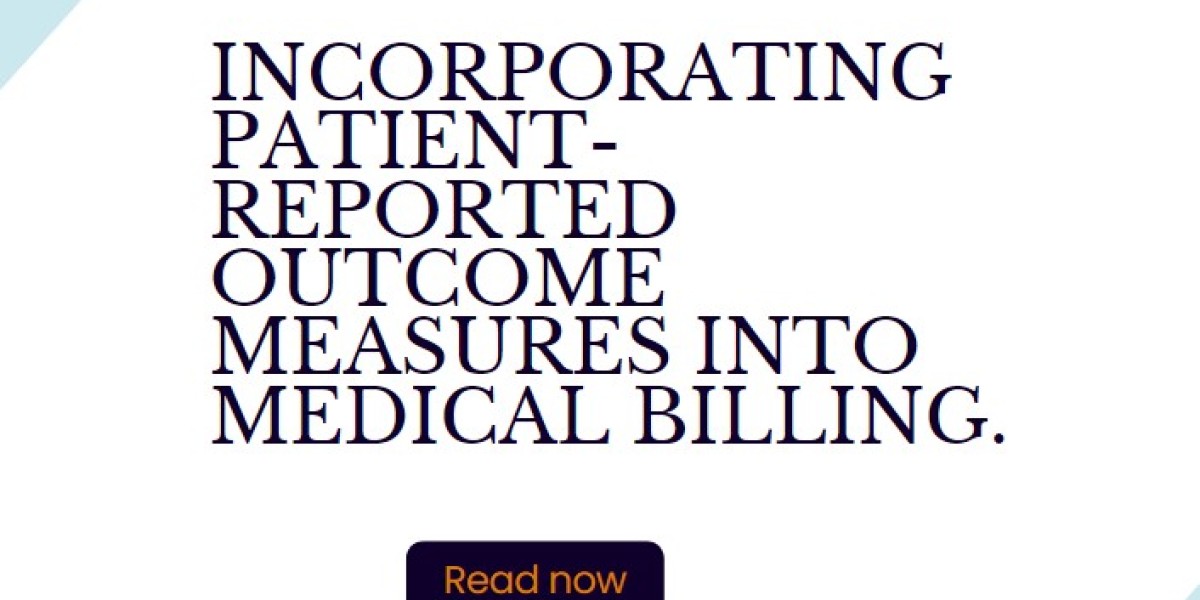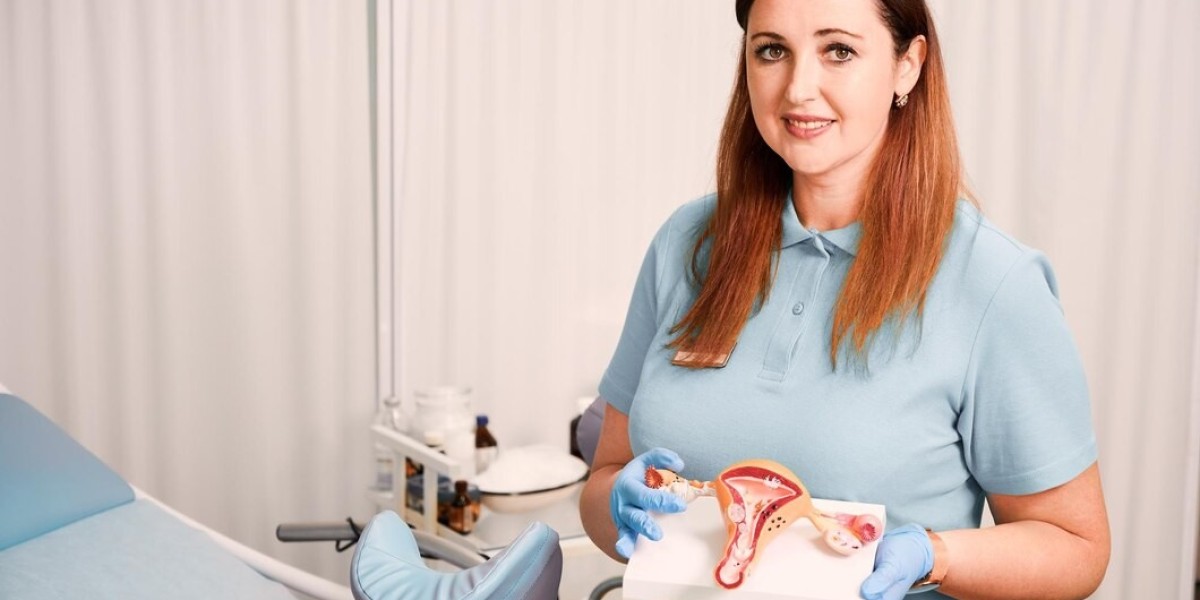Introduction:
In today's rapidly evolving healthcare landscape, the emphasis is shifting towards patient-centered care and outcomes. As a result, the integration of patient-reported outcome measures (PROMs) into medical billing services has emerged as a pivotal strategy to gauge the effectiveness of treatments and interventions from the patient's perspective. This article delves into the significance of incorporating PROMs into medical billing processes, elucidating how it fosters improved patient care, enhances treatment outcomes, and contributes to the overall value-based healthcare model.
Understanding Patient-Reported Outcome Measures (PROMs):
Patient-reported outcome measures (PROMs) encompass standardized tools used to assess patients' perceptions of their health status, symptoms, functional abilities, and quality of life. Unlike traditional clinical measures, which primarily focus on objective clinical indicators, PROMs provide valuable insights into patients' subjective experiences, preferences, and treatment outcomes. By capturing patients' perspectives, PROMs enable healthcare providers to tailor treatments, monitor progress, and optimize care delivery according to individual patient needs.
The Role of PROMs in Enhancing Medical Billing Services:
Incorporating PROMs into medical billing services serves multiple purposes, each contributing to the overarching goal of enhancing healthcare value:
Facilitating Value-Based Care: PROMs align with the principles of value-based care by emphasizing patient outcomes and experiences. By integrating PROM data into medical billing processes, healthcare providers can demonstrate the value of their services based on tangible patient-reported outcomes, rather than solely relying on traditional billing codes and reimbursement models.
Improving Treatment Decision-Making: PROMs empower healthcare providers to make more informed treatment decisions by incorporating patients' perspectives into clinical assessments. For instance, in a scenario where multiple treatment options are available, PROM data can help providers identify interventions that are most likely to align with patients' goals and preferences, thereby optimizing treatment efficacy and patient satisfaction.
Enhancing Patient Engagement and Satisfaction: Engaging patients in their care journey is paramount to achieving positive health outcomes. By actively soliciting and incorporating PROMs, healthcare providers demonstrate a commitment to patient-centered care, fostering trust, transparency, and collaboration. Moreover, when patients perceive that their voices are heard and valued, it can lead to greater satisfaction with the care received, ultimately contributing to improved patient retention and loyalty.
Monitoring Treatment Effectiveness and Long-Term Outcomes: PROMs serve as valuable tools for monitoring treatment effectiveness and tracking patients' progress over time. By regularly collecting PROM data throughout the course of treatment, healthcare providers can assess the impact of interventions on patients' quality of life, symptom burden, and functional status. This proactive approach enables timely adjustments to treatment plans, minimizing the risk of adverse outcomes and enhancing overall patient well-being.
Demonstrating Accountability and Quality of Care: In an era of increased accountability and transparency, healthcare providers face growing pressure to demonstrate the quality and value of their services. By integrating PROMs into medical billing processes, providers can furnish concrete evidence of the outcomes achieved and the impact of their interventions on patients' lives. This not only strengthens their position in negotiations with payers but also enhances their reputation as providers of high-quality, patient-centered care.
Driving Continuous Quality Improvement: PROM data not only informs individual patient care but also facilitates broader quality improvement initiatives within healthcare organizations. By aggregating and analyzing PROM data at the population level, providers can identify trends, disparities, and areas for improvement across various patient cohorts. This data-driven approach enables targeted interventions to address unmet needs, optimize resource allocation, and drive continuous enhancements in care delivery processes.
Incorporating PROMs into Medical Billing Processes:
Integrating PROMs into medical billing services requires a strategic approach that encompasses the following key steps:
Selecting Appropriate PROM Tools: Healthcare providers must identify validated PROM instruments that are relevant to their patient populations and clinical specialties. These instruments should capture meaningful aspects of patients' health status, symptoms, and functional outcomes while being sensitive to changes over time.
Establishing Data Collection Protocols: Clear protocols should be established for collecting, recording, and managing PROM data within electronic health records (EHR) or practice management systems. This may involve incorporating PROM surveys into routine clinical encounters, leveraging patient portals for remote data collection, or utilizing specialized software platforms designed for PROM administration and analysis.
Ensuring Data Accuracy and Integrity: Rigorous quality assurance measures should be implemented to ensure the accuracy, completeness, and integrity of PROM data. This may include training staff on proper data collection techniques, implementing data validation checks, and regularly auditing PROM data for discrepancies or anomalies.
Integrating PROMs into Clinical Workflows: PROM data collection should be seamlessly integrated into clinical workflows to minimize disruption and maximize efficiency. This may involve incorporating PROM surveys into pre-appointment assessments, post-visit follow-ups, or automated reminders for ongoing data collection at specified intervals.
Analyzing and Utilizing PROM Data: Once collected, PROM data should be analyzed and utilized to inform clinical decision-making, track treatment outcomes, and evaluate the effectiveness of interventions. Data analytics tools can be leveraged to generate actionable insights from PROM data, enabling providers to identify patterns, trends, and opportunities for improvement.
Communicating PROM Results: Finally, PROM results should be effectively communicated to both patients and relevant stakeholders, emphasizing the role of patient feedback in driving continuous improvement in care delivery. Transparent communication of PROM findings fosters trust, encourages patient engagement, and reinforces the value of patient-centered care.
For more information , Get in touch with medical billing services experts.
Conclusion:
Incorporating patient-reported outcome measures (PROMs) into medical billing services represents a paradigm shift towards a more patient-centered, value-based approach to healthcare delivery. By capturing patients' perspectives, preferences, and treatment outcomes, PROMs enable healthcare providers to enhance the quality, effectiveness, and value of the care they deliver. As the healthcare industry continues to evolve, integrating PROMs into medical billing processes will be instrumental in driving positive patient experiences, improving treatment outcomes, and advancing the overarching goals of value-based care.
Know how custom .net development can help your business.



